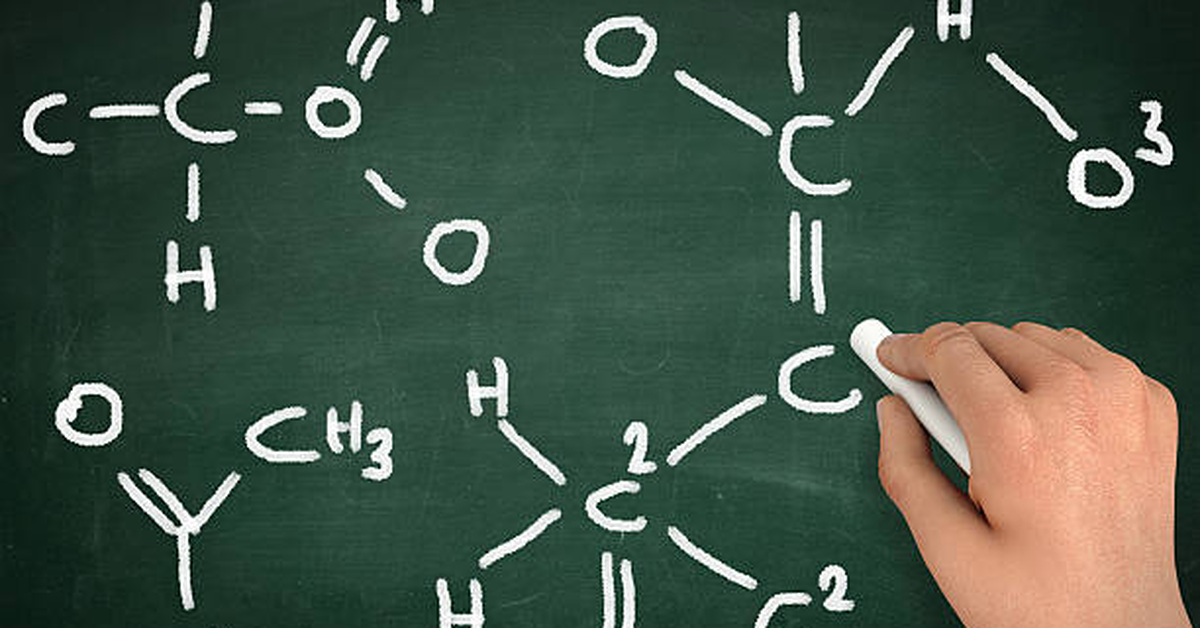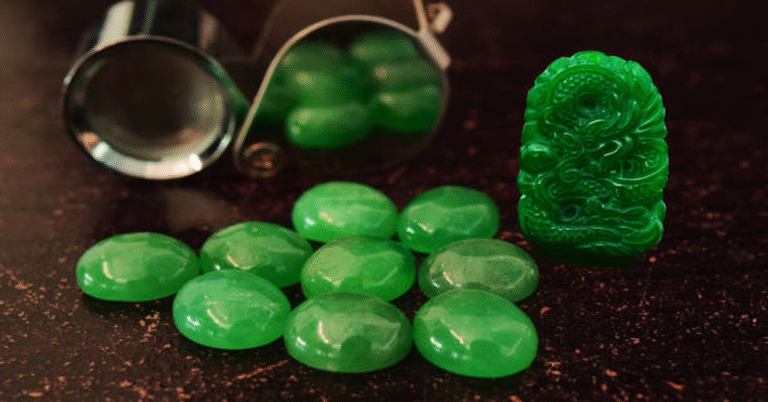
Chemistry is often described as the language of matter, where symbols and formulas tell stories of how substances interact and transform. Within this symbolic world, the combination of HCOOCH + CH₂ + H₂O is particularly intriguing. While at first glance this appears to be a random set of molecular fragments, upon closer inspection it represents the essential building blocks of organic chemistry:
- HCOOCH — a shorthand often used for formic acid esters or the formate group, derived from formic acid (the simplest carboxylic acid).
- CH₂ — the methylene group, a structural unit found in countless organic molecules and a central feature of hydrocarbons.
- H₂O — water, the universal solvent and life-sustaining molecule, which also plays a fundamental role in organic and biochemical reactions.
This article will explore the significance of these components individually and together, analyzing their structure, reactivity, role in synthesis, environmental importance, and industrial applications. By the end, the phrase “HCOOCH + CH₂ + H₂O” will no longer seem abstract, but instead reveal a clear narrative of molecular interactions that drive chemistry forward.
The Formate Group (HCOOCH)
Structure and Identity
HCOOCH is best understood as the ester of formic acid, with the general structure R–O–CHO. It originates from formic acid HCOOCH + CH₂ + H₂O, the simplest carboxylic acid found in nature. The name “formic” comes from formica, meaning ant, since the compound was first isolated from red ants.
Chemically, the formate group is characterized by:
- A carbonyl group (C=O) attached to a hydrogen atom.
- A connection to an oxygen atom, linking it to other alkyl or aryl groups.
- Polarity due to oxygen electronegativity, making it reactive in condensation and hydrolysis reactions.
Natural Occurrence
HCOOCH + CH₂ + H₂O Formates occur in biological systems, plant metabolism, and insect venom. In some organisms, formic acid and its derivatives act as chemical defenses.
Industrial Significance
Formate esters (HCOOCH + CH₂ + H₂O derivatives) are used in:
- Fragrances and flavorings for fruity notes.
- Solvents for polymers and resins.
- Intermediates in organic synthesis.
The Methylene Group (CH₂)
Structure and Identity
HCOOCH + CH₂ + H₂O the methylene group, represented by CH₂, is a central building block in organic chemistry. It consists of one carbon atom bonded to two hydrogen atoms and two substituents.
- It can appear as a bridging unit between larger chains.
- Exists in both aliphatic (straight-chain) and aromatic systems.
- Serves as a reactive site in many organic reactions such as free-radical substitution and polymerization.
Importance in Organic Chemistry
The presence of CH₂ groups determines:
- Flexibility of carbon chains in hydrocarbons.
- Melting and boiling points of molecules, depending on chain length.
- Reactivity, especially in alkenes (–CH=CH₂), where double bonds create sites of addition reactions.
Biological Role
CH₂ units dominate in lipids and fatty acids, forming long hydrophobic tails. Their repetitive nature makes them key for energy storage in living organisms.
Water (H₂O): The Universal Solvent
Structure and Properties
Water’s familiar formula hides a wealth of unique properties:
- A bent molecular geometry due to lone electron pairs on oxygen.
- A strong dipole moment, making it highly polar.
- Ability to form hydrogen bonds, leading to high boiling point and surface tension.
Role in Chemistry
HCOOCH + CH₂ + H₂O is not just a background solvent. It actively participates in:
- Hydrolysis reactions breaking esters, peptides, or polysaccharides.
- Condensation reactions where water is eliminated to form new bonds.
- Acid-base chemistry, acting as both proton donor and acceptor.
Biological Significance
Life depends on water as a medium for biochemical reactions, transport of nutrients, and temperature regulation.
Reactions Involving HCOOCH, CH₂, and H₂O
When combined, these three components showcase important reaction mechanisms:
Table: Example Reactions
| Reaction Type | Process | Role of Components |
|---|---|---|
| Hydrolysis | Ester (HCOOCH) reacts with H₂O to form alcohol + formic acid | H₂O breaks ester bond |
| Condensation | HCOOCH + alcohol eliminates H₂O to form new ester | Water released as byproduct |
| Addition Reactions | CH₂= (in alkenes) reacts with H₂O in hydration | CH₂ converts to alcohol |
| Oxidation | HCOOCH derivatives oxidize to CO₂ + H₂O | Both products involve water |
| Biochemical Pathways | CH₂ groups oxidized in metabolism | Produces CO₂ and H₂O as energy outputs |
These reactions demonstrate how organic functional groups, structural units, and solvents interact to drive transformations in laboratory and biological contexts.
Industrial Applications
1. Formate Esters in Manufacturing
Formate esters (HCOOCH derivatives) are valuable in:
- Synthetic flavors (pear, apple-like notes).
- Solvents for cellulose and resins.
- Plasticizer intermediates.
2. CH₂ in Polymer Chemistry
HCOOCH + CH₂ + H₂O Methylene groups are critical in polymers like polyethylene, the most widely used plastic. Chains of CH₂ units give polyethylene its stability and flexibility.
3. H₂O in Industry
HCOOCH + CH₂ + H₂O Water is indispensable in:
- Chemical processing as solvent and reactant.
- Cooling systems due to its heat capacity.
- Electrolysis for hydrogen production.
Environmental and Biological Importance
- Formates: Naturally biodegradable, though in excess they can be toxic to organisms.
- CH₂-based hydrocarbons: Excess burning leads to greenhouse gases and environmental concerns.
- Water: Central to ecosystems, its pollution and scarcity pose global challenges.
Together, these components highlight both the benefits and responsibilities tied to chemical use.
Advantages of Studying HCOOCH + CH₂ + H₂O
| Advantage | Explanation |
|---|---|
| Fundamental Understanding | Explains ester chemistry, hydrolysis, and chain-building. |
| Industrial Relevance | Key to flavors, solvents, and polymers. |
| Biological Insight | Links to metabolism, lipids, and water-based biochemistry. |
| Problem-Solving | Helps address environmental, synthetic, and industrial challenges. |
| Educational Clarity | Demonstrates interactions between functional groups, solvents, and structural units. |
Challenges in Their Study
- Complexity in Reactions: Understanding ester hydrolysis and polymerization requires strong theoretical and practical skills.
- Safety Concerns: Some formates and hydrocarbons are toxic or flammable.
- Environmental Effects: Hydrocarbon-derived CH₂ chains contribute to plastic waste and pollution.
- Energy Demands: Industrial processing often requires high energy, impacting sustainability.
The Future of Research
The study of molecules like HCOOCH + CH₂ + H₂O continues to grow in relevance:
- Green Chemistry aims to design esters and polymers with biodegradable properties.
- Bio-based Feedstocks replace petroleum CH₂ sources with plant-based alternatives.
- Water-Efficient Processes minimize industrial water use, addressing global scarcity.
- Catalyst Development accelerates hydrolysis and condensation for sustainable synthesis.
Conclusion
The combination HCOOCH + CH₂ + H₂O represents much more than chemical symbols. It illustrates the core themes of organic chemistry: functional groups (formates), structural building blocks (methylene units), and solvents/reactants (water). Together, they participate in reactions essential to both life and industry. Their study enhances our understanding of everything from cellular metabolism and polymer design to fragrance creation and sustainability challenges. By approaching these molecules with curiosity and responsibility, chemistry offers pathways to both innovation and global problem-solving.
FAQs
Q1. What does HCOOCH represent?
It represents the formate ester group, derived from formic acid, commonly used in solvents and fragrances.
Q2. Why is CH₂ important in organic chemistry?
CH₂, the methylene group, is a key structural unit in hydrocarbons and polymers, making it essential for organic synthesis.
Q3. What role does H₂O play in these reactions?
Water acts as both solvent and reactant, participating in hydrolysis, condensation, and biochemical pathways.
Q4. Are these components found in daily life?
Yes. Esters (HCOOCH) occur in perfumes and flavors, CH₂ groups in plastics and fuels, and water is universal.
Q5. What is the future of studying these molecules?
Research focuses on green chemistry, biodegradable polymers, efficient catalysts, and sustainable water use in industrial processes.






